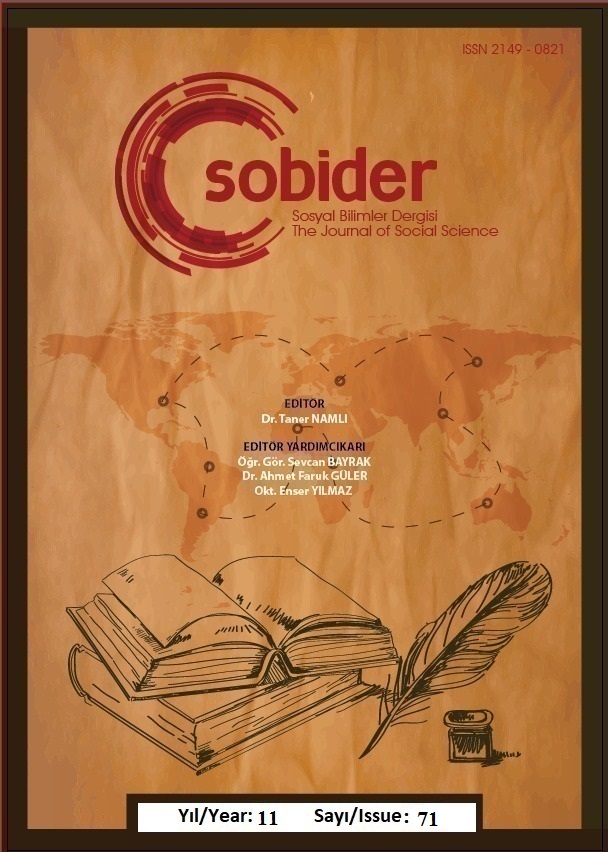Author :
Abstract
Iannis Xenakis’in 1965 ila 1966 yılları arasında, yalnız (solo) viyolonsel için bestelediği Nomos Alpha eserinin müzik dünyasında önemli bir yeri vardır. Sıradışı bir kompozisyon tekniği kullanılarak yazılan bu eserde, dört ayrı müzikal katman kullanılmış, bu katmanları grup, elek gibi matematiksel teoriler, kinematik diyagramlar ve Fibonacci dizileri oluşturmuştur. İlk iki katman olan ses kompleksi ve ses spesifikasyon katmanı eserin temel yapısını oluşturmuş olup, bu yapı oluşturulurken de küpler kullanılmıştır. Grup teorisinin de kullanıldığı katmanlar da işte bu iki katmandır. Diğer katman olan ses perde içeriği katmanında elek teorisi, son katmanda ise kinematik diyagramlar kullanılmış olup, ses bölgesi ve icra artikülasyonu katmanı olarak adlandırılmıştır. Xenakis, küplerin her bir köşesine bazı müzikal imgeler (ses kompleksleri) iliştirmiştir. Küpün köşelerinin ve küpün içine yerleştirilen iki tetrahedronun köşelerinin kesiştiği noktalardan yararlanarak diziler, bu küpün hareketiyle de belli döngüler elde etmiştir. Bu döngüler ile diğer katmanların bütünleşmesi sonucunda da Nomos Alpha eseri oluşmuştur. Bu çalışmada, Nomos Alpha eserinin sistemini daha geniş müzisyen ve matematikçi kitlelere tanıtılmasının yanında, icra edilmesinin ve araştırılmasının teşviki amaçlanmıştır.
Keywords
Abstract
Nomos Alpha, composed by Iannis Xenakis between 1965 and 1966 for solo cello, has an important place in the world of music. In this piece, which was written using an unusual compositional technique, four different musical layers were used. These layers were formed by mathematical theories such as groups, sieves; kinematic diagrams and Fibonacci sequences. The first two layers, the sound complex and the sound specification layer, formed the basic structure of the piece, and cubes were used to create this structure. Group theory is used in these two layers. In the next layer, the pitch content layer, sieve theory is used, and in the last layer, kinematic diagrams are used, which is called the pitch regions and articulations layer. Xenakis attached some musical images (sound complexes) to each corner of a cube. Using the intersection points of the corners of the cube and the corners of the two tetrahedrons placed inside the cube, he created sequences and certain loops with the movement of this cube. As a result of the integration of these cycles and other layers, Nomos Alpha was created. This study aims to introduce the system of Nomos Alpha to a wider audience of musicians and mathematicians, as well as to encourage its performance and research.





